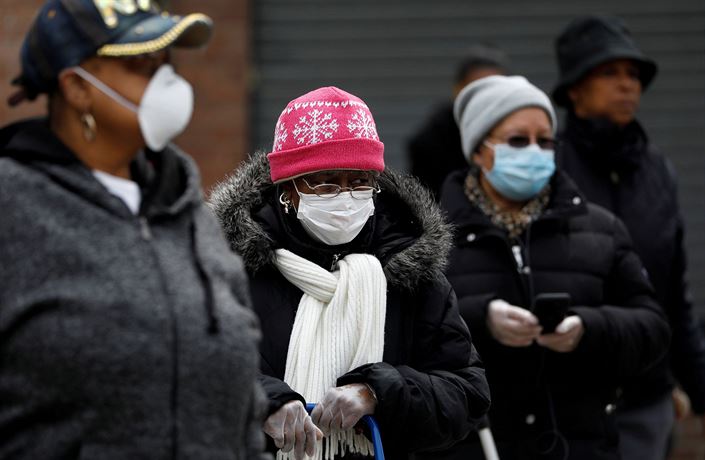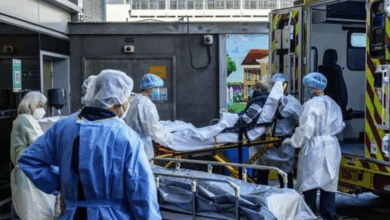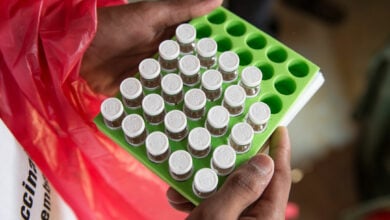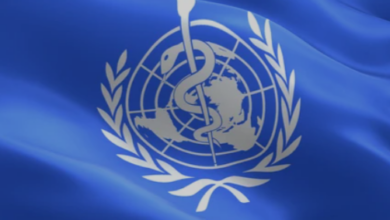Innovator of social distancing, masking theory, which kept millions from attending religious centers, proved wrong

Fauci, who was one of the most important figures in the United States and the world during the corona pandemic, told one of the advisors of the subcommittee of the US House of Representatives on the corona pandemic in early 2024 that the law of observing a social distance of two meters came into existence without a prior plan and completely by accident, and that he does not know how this law found its way into the legislation.
More details in the following report:
The publication of the surprising statements of Dr. Anthony Fauci, the former director of the National Institute of Allergy and Infectious Diseases (NIAID), revealed that the rule of observing two meters of social distance and other preventive measures to “protect” against the disease of Covid-19 were his personal inventions.
In his statements, he also admitted that he is not aware of any research that supports social distancing, adding that he is aware that such a study would be “very difficult” to conduct.
The epidemic of the corona virus in Iran, Iraq, Saudi Arabia and many Islamic countries caused the temporary closure of Baitullah Al-Haram and the Sacred Shrines of Ma’sumeen as well as the suspension of congregational prayers in mosques and Friday prayers.
Following the announcement of the closure of the holy places, widespread protests were staged by some pious and religious groups, and serious objections were raised to the decision to close the sacred shrines and to suspend congregational prayers.
In addition to the fact that religious people considered the sacred shrines of Ma’sumeen (peace be upon them) to be the center of healing and not a place for the spread of disease, a scientific theory proposed at the time also indicated that the congregational presence of people in certain crowded centers would actually contribute to increased safety.
Herd immunity is a form of indirect protection from infectious diseases that occurs when a large percentage of the population is immune to infection, either through previous infections or vaccination. In other words, this way people who are not immune can be protected against the disease.
In a population where the majority of people are immune, such people do not contribute to the spread of the disease and the infection transmission chains are disrupted, which either stops or slows down the spread of the disease.
The higher the proportion of immune people in a community, the less likely non-immune people will come into contact with an infected person and help protect non-immune people from infection.
Herd immunity was recognized as a natural phenomenon in the 1930s when it was observed that after a significant number of children were immunized against measles, the number of new infections temporarily decreased, even among susceptible children.
Now, after four years from the pandemic, and with the recent confession of the originator of the theory of social distancing, whose scientific basis has been challenged, the question arises whether the closure of the holy places and shrines of the Infallibles, peace be upon them, was a sound and correct measure.
A theory that deprived millions of Muslim and non-Muslim believers from attending religious and holy centers.





